“The destruction of Hamilton Palace… was one of the greatest losses to national heritage ever to happen in this country,” writes National Museums Scotland.
Once one of the most influential families in Scotland, the family heirlooms were unceremoniously sold off to the highest bidder, and the grand mansion torn down.
The end came for the palace in 1921; after almost four decades of neglect, it was demolished and erased from the landscape forever. The main reason for its decline was its great size, which made it too expensive to maintain.
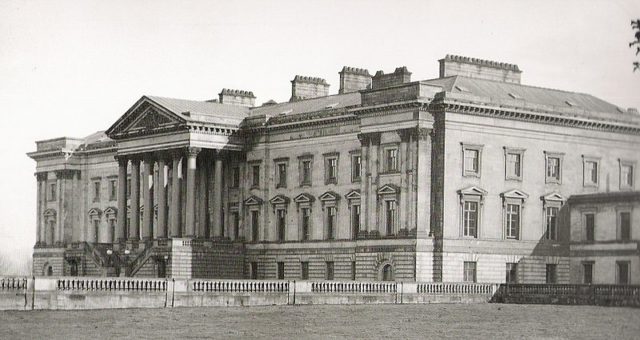
For 300 years, the Dukes of Hamilton used the palace and called it home. The last Duke to live here was Alfred Douglas Hamilton. Upon demolition, he moved to his preferred Dungavel House, which now operates as an immigration detention center.
Its many treasures were dispersed throughout the world after they were offered up at auction. As National Museums Scotland writes, “inside [the palace’s] magnificent walls lived treasures to rival the Royal Collection.”
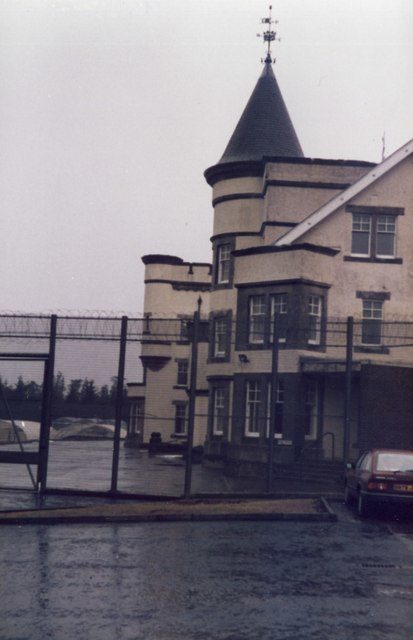
Extensive mining in the area was also a factor in the palace’s downfall. The huge operations that stretched under the complex caused subsidence across the whole area. The mine workings were just too deep (and possibly not thoroughly mapped) to be able to safely underpin Hamilton Palace.
In 1882, William Douglas-Hamilton, 12th Duke of Hamilton, initiated the process of selling the art to raise money. But the true beginning of the end for Hamilton Palace began with the 10th Duke, Alexander Hamilton.
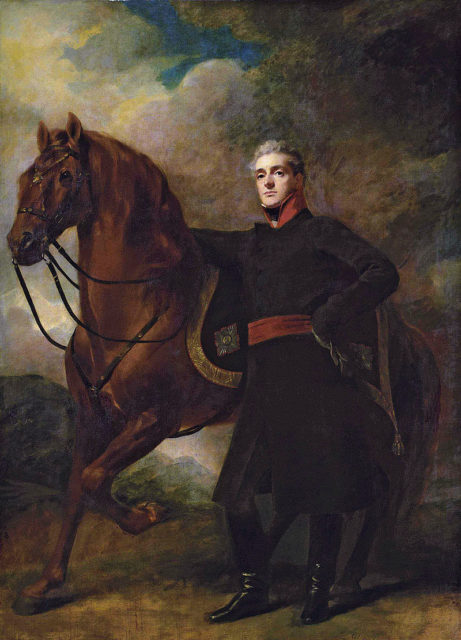
Alexander acquired the palace in 1819. Unsatisfied with its current appearance, he started a series of renovations. His plan was to further extend the original 1684 Palladian-style build. According to historians, there was a tower house on the site with roots in the 13th century.
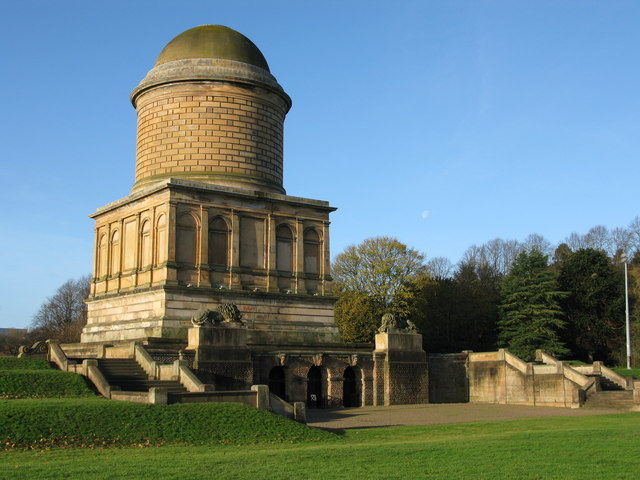
When it was erected, Hamilton Palace was the largest mansion without a royal designation in all of Britain. It stood to the north of the town of Hamilton, named after the Dukes of Hamilton.
It acquired its characteristic looks mainly in 1684 when the 3rd Duke of Hamilton initiated a major rebuilding project. Once finished it was “the largest country house in Scotland,” according to South Lanarkshire Leisure and Culture. “Hamilton Palace was the family seat of the Hamilton’s from at least 1591 until 1919.”
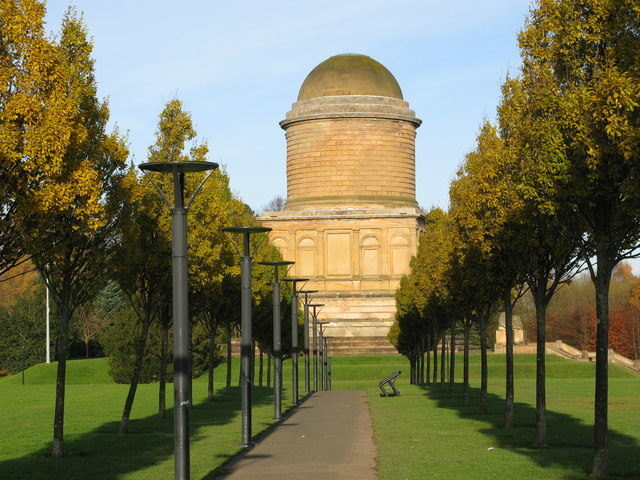
This is a hard fact to comprehend, because almost nothing remains today, except for “the great avenue of trees, the Hunting Lodge and the Duke’s Mausoleum,” writes the Douglas Archives.
After the 12th Duke sold all of the art for the staggering sum of £400,000 (around $61 million in today’s money) the 13th Duke gave permission for the palace to become a hospital during the First World War. It was during this period that much of the material damage was done.
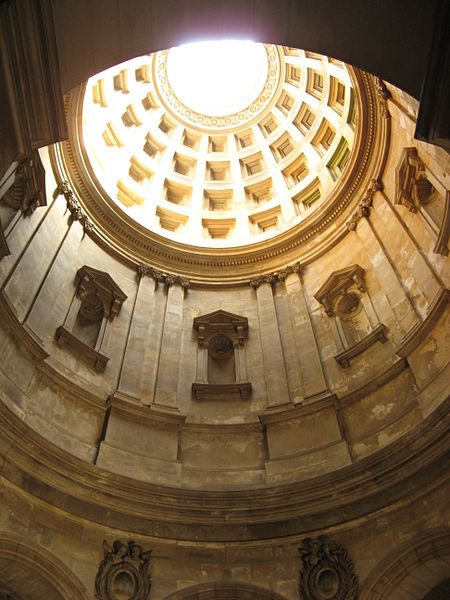
Everything that the 10th Duke of Hamilton did to further enhance the palace – and in turn make it even more difficult to maintain – was in vain. Its historical status and importance couldn’t do anything to stop the demolition machinery.
The process of demolition began in 1921 and took eight years to complete. During the process, part of the building was temporarily used to house homeless miners families.
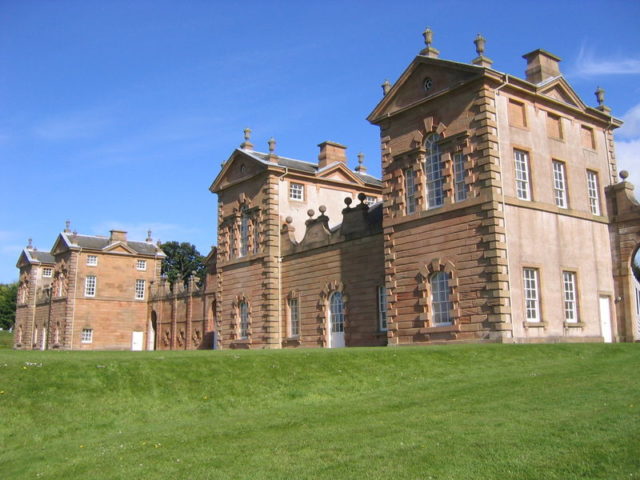
Hamilton Palace went through a number of different phases. Despite its demolition, some parts still live on today at different locations. The dining room was transported to America and has been reinstalled in the Museum of Fine Arts, Boston; and stone from the walls has been used to erect many other buildings. The site now hosts the Hamilton Palace Sports Grounds.
